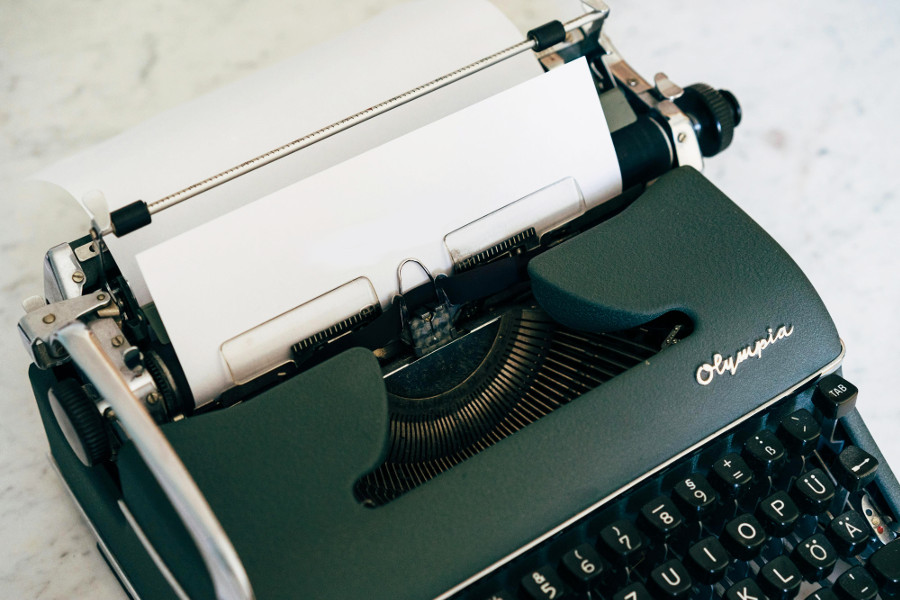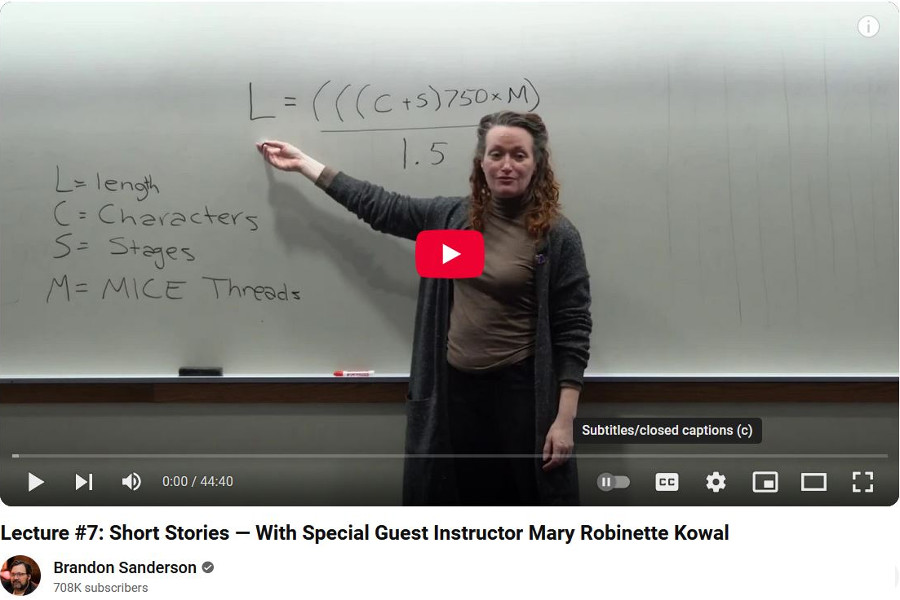How to Write a Short Story: 15 Expert Tips and Answers
Writing a short story is an exciting yet challenging endeavor. Whether you're a seasoned writer or just starting out, crafting a compelling narrative requires a balance of creativity and technique. In this guide, we explore 15 frequently asked questions about how to write a short story, covering everything from generating ideas to editing your final draft. These tips will help you refine your writing skills, develop unforgettable characters, and create a story that resonates with readers. Let’s dive in!

What is a short story?
A short story is essentially a small, complete world that unfolds in a brief amount of time. Unlike a full-length novel, it focuses on a single moment, event, or transformation that leaves a lasting impact. It’s the perfect way to explore an idea or emotion in depth without requiring a long commitment. With its compact nature, a short story usually falls between 1,000 and 7,500 words, but it’s all about crafting an experience that feels complete and resonates with the reader, even in that short space of time.
How do I come up with ideas for a short story?
Coming up with ideas can be as simple as paying attention to the world around you. Inspiration hides in everyday moments, in the people you meet, or the conversations you overhear. The trick is to stay open, observant, and curious. Ideas can also stem from writing prompts, or even from deep introspection. If you’re struggling, consider asking "What if?" questions or diving into what excites or disturbs you. Creativity is sparked when you explore the unknown, and a seemingly simple thought can quickly evolve into a captivating story.
What elements should a short story include?
A short story works best when it contains a mix of essential elements: characters, setting, plot, conflict, and resolution. Characters bring the story to life, while the setting grounds it in a particular time and place. The plot is the sequence of events that make up the narrative, driven by a central conflict that pushes the characters into action. Finally, a resolution ties everything together, offering closure or leaving readers with something to think about. It’s about balancing these elements to tell a focused and powerful story.
The poplar author Mary Robinette Kowal gave a guest lecture about how to write a good short story, explaining
the basic elements and offering tips on how to stand out with your short piece from the rest. It was part of
Brandon Sanderson's tutorial series about writing a novel. Check out the video here:

How do I develop compelling characters?
Compelling characters aren’t just defined by what they do, but by why they do it. They need desires, flaws, fears, and quirks that make them feel like real people. Get to know your character beyond the surface: what motivates them, what challenges them, and what keeps them up at night. Their actions should speak volumes, revealing their innermost thoughts without needing to say much. The best characters grow, evolve, or reveal a hidden truth about themselves, so pay attention to how they change throughout the story, and let their journey be the heart of your narrative.
What is the typical structure of a short story?
A short story follows a structure that’s simple, but effective. It begins with an introduction that sets up the characters and the situation. From there, the rising action builds the conflict. It's usually something that pushes the protagonist into a decision or dilemma. The climax is the story’s tipping point, where everything changes. Afterward, the falling action starts to wind things down, leading to the resolution where the conflict finds its conclusion. This arc is essential, keeping the story focused while allowing room for the emotional and thematic payoff.
How can I make my short story engaging?
To keep your readers hooked, start with something unexpected: a twist, a mystery, or a compelling character. Pacing is key, so ensure every scene serves a purpose, whether it’s moving the plot forward or deepening the character’s emotional journey. Tension should build gradually, leading to the story’s most intense moment, and you can use subtle details and well-crafted dialogue to keep the atmosphere alive. Keep your writing tight and impactful, avoiding anything unnecessary. An engaging story stays in the reader’s mind long after it ends, leaving them thinking about it.
What point of view should I use?
The point of view (POV) is the lens through which the reader experiences your story. First-person POV offers an intimate look into the protagonist’s thoughts and feelings, creating a strong connection. Third-person limited lets you explore one character deeply but still gives you the freedom to describe other elements. Third-person omniscient, on the other hand, provides a bird’s-eye view of everything, allowing you to move between different characters’ thoughts. Your choice should match the type of connection you want the reader to have with your characters and the level of intimacy you need for the story.

How do I write authentic dialogue?
Authentic dialogue happens when characters speak like real people: no forced lines or stiff, unnatural exchanges. It’s about rhythm, tone, and personality. Listen to how people talk in real life and mimic their speech patterns, including pauses, interruptions, and shifts in mood. Each character should have their own distinct voice, shaped by their background, age, and experiences. Dialogue should also drive the plot forward, revealing key information or emotions without sounding too on-the-nose. It’s more than just words. It’s the subtext and emotions behind what’s being said that makes dialogue truly engaging.
How important is setting in a short story?
Setting is like the stage where your story unfolds. It gives context and shapes how the events play out. Whether it’s a small apartment, a bustling city, or a quiet beach, the setting sets the mood and often influences how characters react to their surroundings. It’s not just about where the story happens, but how that space makes the characters feel. A well-crafted setting enhances the emotional depth of the story, acting almost like a character itself. It gives the reader a sense of place, grounding them as the plot and characters unfold.
Should I include symbolism in my story?
Symbolism can add layers to your story, offering deeper meanings and connections that resonate long after reading. It’s a way of conveying complex ideas or emotions through objects, colors, or recurring themes. However, the key is subtlety. A symbol should enhance the story, not distract from it. When used thoughtfully, symbolism can tie together your themes, creating a richer narrative. But be careful not to overdo it; too much symbolism can feel forced. Let it flow naturally from the story, and make sure it serves the characters or themes rather than overpowering them.
How do I edit and revise my short story?
Editing is where the magic happens, transforming a rough draft into a polished piece. Start by reading through your story with fresh eyes, focusing on big-picture elements: pacing, character development, and plot consistency. Cut anything that feels redundant or irrelevant, and tighten up the prose to make it more impactful. Pay attention to language. Each word should earn its place. After the major revisions, look for grammar, punctuation, and spelling mistakes. Finally, let someone else read your story to offer fresh feedback. Revising isn’t about changing everything; it’s about making your story shine.
How do I know if my story is complete?
Your short story is complete when all the loose ends are tied up, and the emotional journey feels resolved. Check if your characters have grown or learned something by the end of the story. The central conflict should reach its natural conclusion, leaving the reader with a sense of closure or understanding. If your story feels whole and satisfying, it’s likely finished. You can also ask yourself if it conveys the themes and emotions you set out to explore. A story that resonates with you as the writer is often the one that will resonate with your readers.
Should I write multiple drafts?
Absolutely. The first draft is just the beginning. It’s where you get all your ideas out, but it’s not the finished product. With each subsequent draft, you refine the structure, improve character depth, and tighten the writing. Revisions are a chance to clarify your themes and enhance the emotional impact. Multiple drafts also give you the freedom to experiment. Try different endings, shift scenes, or explore new angles. The writing process is about exploration and discovery. Each draft brings you closer to the version of the story that truly works, and it’s essential to keep revising until it clicks.
How can I find my unique writing voice?
Finding your voice is a journey, and it happens the more you write. It’s about discovering what feels true to you and what excites you as a writer. Try writing in different styles, experimenting with tone and structure. Pay attention to what comes naturally when you write. For example, your word choices, rhythm, or how you describe the world around you. Don’t worry about sounding like someone else; your voice will emerge when you allow yourself to write authentically. The more you embrace your individuality, the clearer your voice will become, making your writing unmistakably yours.
Where can I submit my short story for publication?
Once your story is polished, the next step is finding a place to share it. Literary magazines, both print and online, are great places to start. Research journals that publish stories in your genre or style, and make sure to follow their submission guidelines. Check out literary contests, they can provide exposure and recognition, and even financial compensation. Amazon's Kindle Direct Publishing program, a self-publishing platform suitable especially for indie writers, let's you earn money with your works, so it's another avenue to explore. The Submission Grinder and Duotrope list publications that are taking submissions. Just browse their websites for current opportunities. The key is persistence – keep submitting, and don't be discouraged by rejections. Every submission is a step closer to being published.



